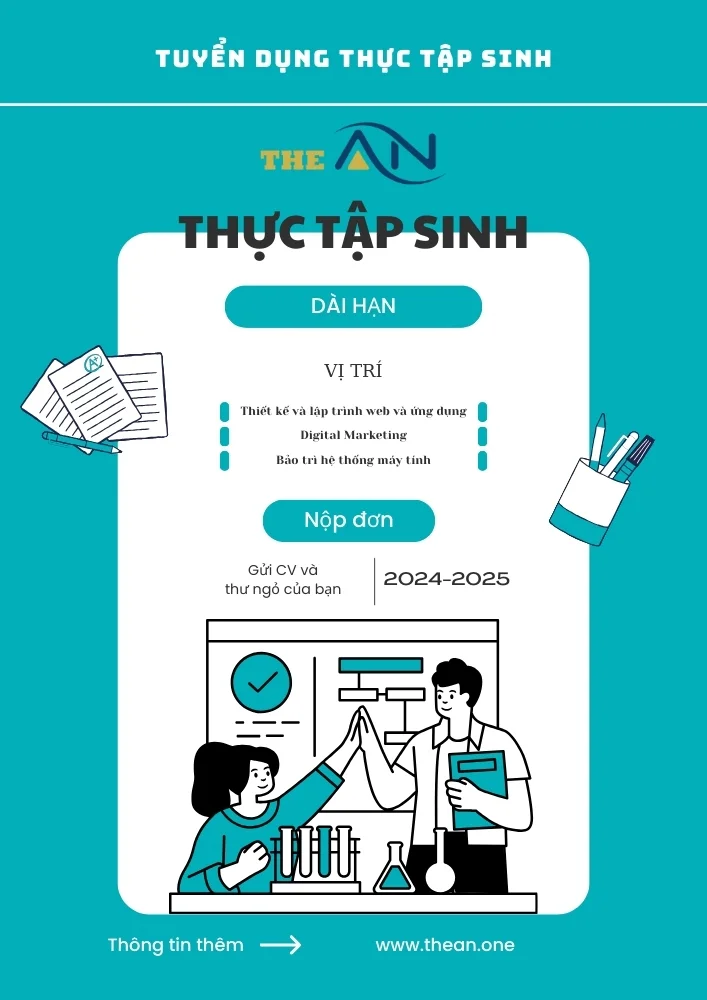Something bothering you? Tell it to Woebot

by KAREN BROWN
"I understand that you're experiencing a relationship problem, is that right?"
Yes.
"OK, I'm delighted that you want to work on this, K. I've good and bad news for you. … Which do you want to hear first?"
Good news.
"The good news is, I have very powerful skills that I can teach you! These skills have really helped a lot of people build better relationships."
And the bad news?
"The bad news is that you would have to be willing to accept 100 per cent of the responsibility for changing the relationship."
Why?
"Because you're only ever going to be able to have control over your part of it."
THIS conversation may sound like a fairly typical therapist's session, but in this case, it was directed by Woebot, a therapeutic chatbot, with the psychiatrist's couch swapped for a smartphone screen.
The app presents itself as an automated therapist when finding a real one can feel like a logistical and financial impossibility. At the same time, the need for therapists is only growing.
During the pandemic, about four in 10 adults in the United States reported that they had symptoms of anxiety or depression, according to the Kaiser Family Foundation. At the same time, the federal government warns of a critical shortage of therapists and psychiatrists. According to advocacy group Mental Health America, almost 60 per cent of those with mental illness last year did not get treatment.
Woebot Health says the pandemic has driven up demand for its services. The number of its daily users doubled and is now in the tens of thousands, said company founder and president Alison Darcy, who is a psychologist.
Digital mental health has become a multibillion-dollar industry and includes more than 10,000 apps, according to an estimate by the American Psychiatric Association. The apps range from guided meditation (Headspace) and mood tracking (MoodKit) to text therapy by licensed counsellors (Talkspace and BetterHelp).
But Woebot, introduced in 2017, is one of only a handful of apps that use artificial intelligence to deploy the principles of cognitive behavioral therapy, a common technique used to treat anxiety and depression. Woebot aims to use natural language processing and learned responses to mimic conversation, remember past sessions and deliver advice around sleep, worry and stress.
"If we can deliver some of the things that the human can deliver," Dr Darcy said, "then we actually can create something that's truly scalable, that has the capability to reduce the incidence of suffering in the population."
Almost all psychologists and academics agree with Dr Darcy on the problem: There is not enough affordable mental health care for everyone who needs it. But they are divided on her solution: Some say bot therapy can work under the right conditions, while others consider the very concept paradoxical and ineffective.
At issue is the nature of therapy itself. Can therapy by bot make people understand themselves better? Can it change long-held patterns of behaviour through a series of probing questions and reflective exercises? Or is human connection essential to that endeavour?
Hannah Zeavin, author of the forthcoming book The Distance Cure: A History Of Teletherapy, says the healthcare system is so broken that "it makes sense that there's space for disruption".
But, she added, not all disruption is equal. She calls automated therapy a "fantasy" that is more focused on accessibility and fun than actually helping people get better over the long term. "We are an extraordinarily confessing animal; we will confess to a bot. But is confession the equivalent of mental health care?"
Eli turns to Woebot
Eli Spector seemed like the perfect client for therapy via artificial intelligence, or AI. In 2019, Mr Spector was a 24-year-old college graduate working in a neuroscience lab in Philadelphia. Having grown up with an academic father who specialised in artificial intelligence, Mr Spector considered himself something of a technologist.
But his job was isolating and tedious, and after four stimulating years in academia, he felt bored and lonely. He couldn't sleep well and found that his moods were consistently dark. "I was just having a really hard time adjusting and I didn't have any co-workers I liked," he said. "It was just a tough period for me."
But he wasn't sure he wanted to bare his soul to a real person; he didn't want to worry about anyone's judgment or try to fit around someone else's schedule.
Besides, he didn't think he could find a therapist on his parents' insurance plan that he could afford, as that could run from US$100 to US$200 a session. And Woebot was free and on his phone. "Woebot seemed like this very low-friction way to see, you know, if this could help."
Therapy by algorithm
Woebot's use of cognitive behavioural therapy, or CBT, has a philosophical and practical logic to it. Unlike forms of psychotherapy that probe the root causes of psychological problems, often going back to childhood, CBT seeks to help people identify their distorted ways of thinking and understand how that affects their behaviour in negative ways. By changing these self-defeating patterns, therapists hope to improve symptoms of depression and anxiety.
Because cognitive behavioural therapy is structured and skill-oriented, many mental health experts think it can be employed, at least in part, by algorithm.
"You can deliver it pretty readily in a digital framework, help people grasp these concepts and practice the exercises that help them think in a more rational manner," said Jesse Wright, a psychiatrist who studies digital forms of CBT and is director of the University of Louisville Depression Center. "Whereas trying to put something like psychoanalysis into a digital format would seem pretty formidable."
Dr Wright said several dozen studies had shown that computer algorithms could take someone through a standard CBT process, step by step, and get results similar to in-person therapy. Those programmes generally follow a set number of sessions and require some guidance from a human clinician.
But most smartphone apps don't work that way, he said. People tend to use therapy apps in short, fragmented spurts, without clinician oversight. Outside of company-sponsored research, Dr Wright said he knew of no rigorous studies of that model.
And some automated conversations can be clunky and frustrating when the bot fails to pick up on the user's exact meaning. Dr Wright said AI is not advanced enough to reliably duplicate a natural conversation.
"The chances of a bot being as wise, sympathetic, empathic, knowing, creative and being able to say the right thing at the right time as a human therapist is pretty slim," he said. "There's a limit to what they can do, a real limit."
John Torous, director of digital psychiatry for Beth Israel Deaconess Medical Center in Boston, said therapeutic bots might be promising, but he is worried they are being rolled out too soon, before the technology has caught up to the psychiatry. "If you deliver CBT in these bite-size parts, how much exposure to bite-size parts equals the original? We don't have a good way to predict who's going to respond to them or not - or who it's good or bad for."
Eli pours out his problems
Eli Spector started with Woebot in the summer of 2019. He liked that he could open the app whenever he felt like it and pour out his thoughts of distress on his own schedule, for even a few minutes at a time. Most of the words coming out had to do with how unhappy he felt at his job. He also took advantage of Woebot's other features, including tracking his mood and writing in an online journal. It helped him realise how depressed he really was.
But he had doubts about the algorithm. The bot's advice often felt generic, like a collection of "mindfulness buzzwords," he said. "Like, 'Can you think more about that feeling, and what you could do differently'?"
Worse, the advice could be nonsensical. "I would type in like, 'My boss doesn't appreciate the work I do' and 'I can't seem to get her approval'," Spector said. "And Woebot would be like, 'That sounds difficult. Does this happen more in the morning or at night'?" It felt sort of silly."
Is it really therapy?
Much of the debate over therapeutic bots comes down to expectations. Do patients and clinicians understand the limitations of chatbots? Or are they expecting more than even the companies say they deliver?
On its website, Woebot promises to "automate both the process and content of therapy", but Dr Darcy is careful not to call Woebot medical treatment or even formal therapy. Instead, she says, the bot delivers "digital therapeutics". And Woebot's terms of service call it a "pure self-help" programme that is not meant for emergencies. In fact, in the event of a severe crisis, Woebot says it is programmed to recognise suicidal language and urge users to seek out a human alternative.
In that way, Woebot does not approach true therapy. Like many mental health apps, the current, free version of Woebot is not subject to strict oversight from the Food and Drug Administration (FDA) because it falls under the category of "general wellness" product, receiving only FDA guidance.
But Woebot is striving for something more. With US$22 million of venture capital in hand, Woebot is seeking clearance from the FDA to develop its algorithm to help treat two psychiatric diagnoses, postpartum depression and adolescent depression, and then sell the programme to health systems.
And it is here that Woebot hopes to make money, using its practical advantage over any human therapist: scale.
While other virtual-therapy companies, such as BetterHelp or Talkspace, must keep recruiting therapists to join their platforms, AI apps can take on new users without paying for extra labour. And while therapists can vary in skills and approach, a bot is consistent and doesn't get stressed out by back-to-back sessions.
"The assumption is always that, because it's digital, it'll always be limited," Dr Darcy said. "There's actually some opportunities that are created by the technology itself that are really challenging for us to do in traditional treatment."
The idea, she says, is not to replace human therapists with bots; she thinks it's important to have both. "It's like saying if every time you're hungry, you must go to a Michelin star restaurant, when actually a sandwich is going to be OK," she said. "Woebot is a sandwich. A very good sandwich."
Eli breaks up with Woebot
After about a month, Eli Spector deleted Woebot from his phone. He was unimpressed by the bot's advice for beating back loneliness and despair, but he is not entirely sorry that he tried it out. The mere act of typing out his problems was helpful. And through the process, he pinpointed what he actually needed to feel better. "So maybe this was just evidence that I needed to, like, actually address this," he said. "It was enough to inspire me to just take the plunge and find a flesh-and-blood therapist."
Now, he pays a human psychotherapist in Philadelphia US$110 a session. They've been meeting on Zoom since the pandemic began, so the flesh-and-blood part is somewhat theoretical. But it's close enough.
Source: NYTIMES
Looking for a custom web design? Then Contact the website designers at The ÂN in Vietnam via (+84).326.418.478 (phone, zalo, viber) or schedule a consultation.
Other useful information:









